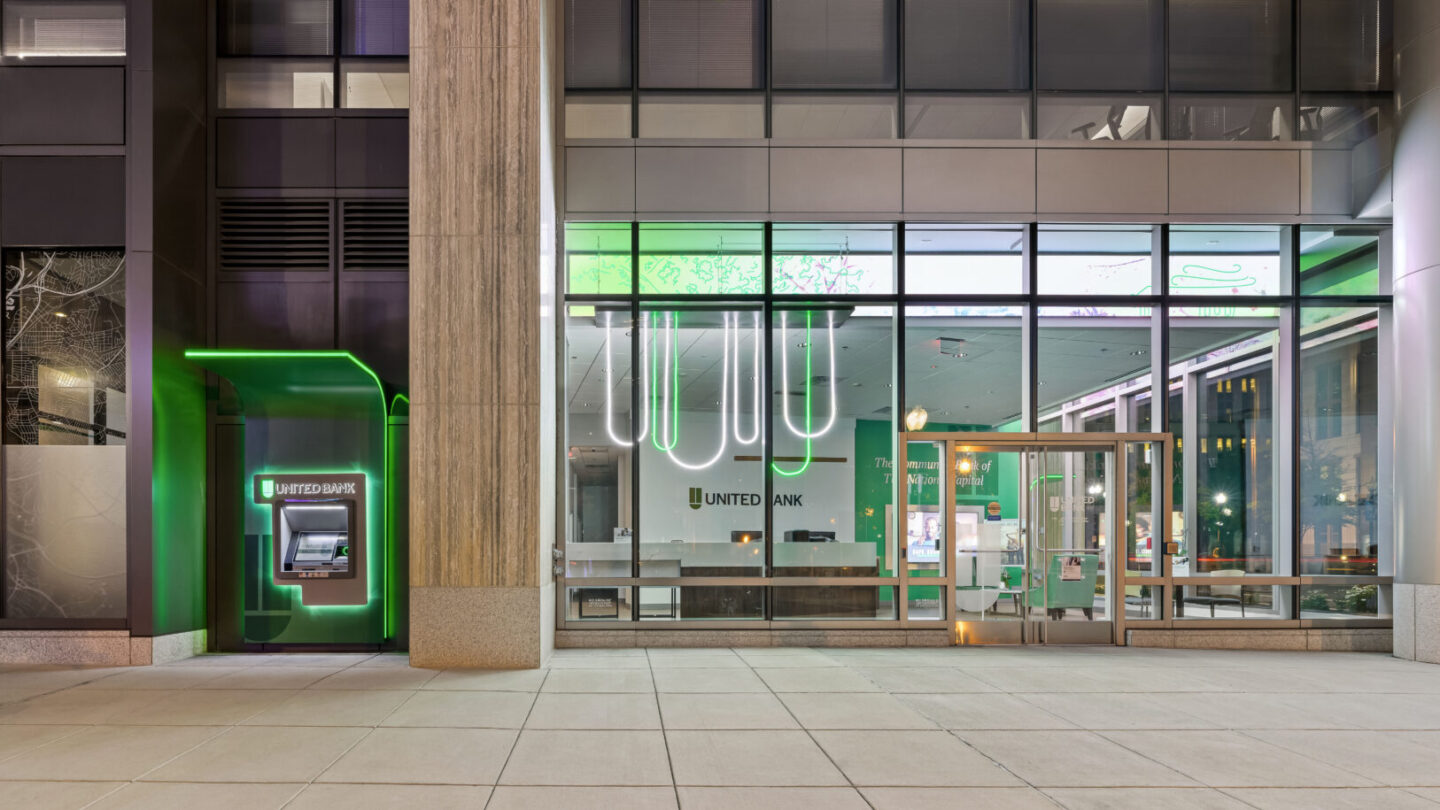Representing the most resource-intensive channel in financial services, the branch has been a primary focus for banking leaders throughout its history. Just a few years ago, these considerations were often viewed as a binary – to close or not to close. Today, a transformation of branch banking is underway. “Now, not only will people go to a branch location, they actually want to go,” says Gina Bleedorn in The Year in Banking: A Look Back & A Look Ahead. “Of course, they’ll absolutely go less frequently and for different purposes than they did before, but the branch remains an essential touchpoint for consumers, especially as a way to access financial education and expertise.”
Data on retail network size demonstrates this renewed focus, with financial institutions closing fewer and fewer branches. “As Covid faded, the branch closure trend moderated,” according to the Financial Brand. “A review of last year’s data reveals an estimated 3,000 branches closed, but this time against 1,000 openings, placing the net closures more in line with pre-Covid levels.” Amid the backdrop of a clear slowdown in closures, banking leaders are seeing transformation as their new North Star. And according to Gina Bleedorn in her presentation at Future Branches in Austin, this branch renewal is not just happening at one or two branches, but across the entire retail delivery network.
Changing Channels
The reality is that for most financial institutions, most of their retail network is comprised of branch locations meant for a different purpose than they’re serving today. “The majority of your branches were built for transactions that are no longer occurring in them,” according to Gina in her Future Branches Austin presentation. “And everyone knows they have to get smaller, incorporate more technology, account for advice, and deliver sales and service everywhere.” While every financial institution is somewhere along this transformation journey, they can’t simply snap their fingers and begin construction on their branches all at once. They have to create a strategic plan.
Demands on banking leaders for a revitalized branch come from all directions – from critical upgrades and technology updates to renovations and relocations. Gina says, “What we see more often than not is you’ve got a new location and you’ve got a new branch site and you think, ‘Oh, we’re going to do this a bit differently,’ and there’s no forward-thinking plan that’s going five years into the future. Right now, plans go maybe one year into the future.” For banks to truly to deliver on their branch promise, banking leaders need a holistic plan that addresses all of the demands for change across their network – for consumer experience and for institutional growth.
Strategic planning for retail delivery is critical, especially now, as the competitive and consumer landscape has changed more than ever before. “I am here to tell you today that you need a strategic plan for your retail delivery and for your branch network,” according to Gina. “And this needs to be in line with a strategic plan for the overall organization.” How organizations do that is through data-driven decision making. But too much data can lead to what some call ‘analysis paralysis.’ Data needs to be focused to be useful. “Data is great – it’s critical and you need it,” according to Gina. “But it can be overwhelming, if it’s not served up in ways you can use it.”
For analytics to be actionable, data must shine a spotlight on growth. “The analytics are going to tell you where there’s the most market opportunity and where is there room for consolidation – to both save and spend,” according to Gina. “But then design considerations are going to tell you how to create the right model of delivery, including how to be efficient and as small as possible.” Smart institutions successfully integrate demands for delivery and efficiency. But those are considerations for today. What about the future? “There needs to be an exercise in visioning,” says Gina. “It absolutely should be aligned with where the industry is headed, but it should also be aligned with what your organization views as what’s right for your bank or your credit union.”
To learn more about network transformation strategies for your bank or credit union or to speak with one of Adrenaline’s branch experts, get in touch today.
Adrenaline is an end-to-end brand experience company serving the financial industry. We move brands and businesses ahead by delivering on every aspect of their experience across digital and physical channels, from strategy through implementation. Our multi-disciplinary team works with leadership to advise on purpose, position, culture, and retail growth strategies. We create brands people love and engage audiences from employees to customers with story-led design and insights-driven marketing; and we design and build transformative brand experiences across branch networks, leading the construction and implementation of physical spaces that drive business advantage and make the brand experience real.







